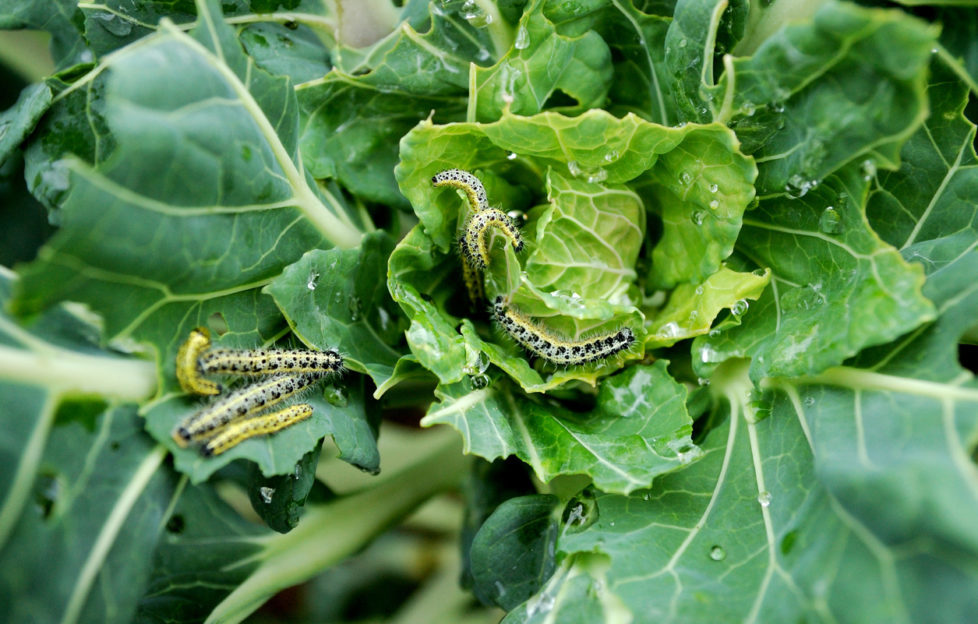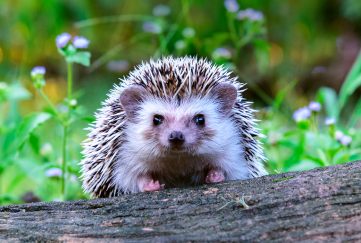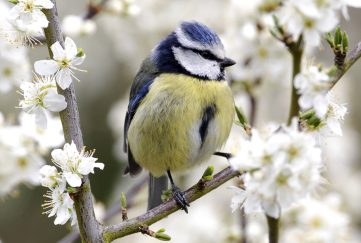Garden Pests and how to Avoid Them

Garden buffs have researched the pests that could ruin the last of summer’s blooms
Keen gardeners are being advised ot be watchful for a range of pests in their garden as summer ends. Certain creatures can cause havoc for the crops we have growing. Even the smallest of creatures can make a dent in your much-loved flowers and veg.
Gardening experts have revealed the creatures to watch out for:
Aphids
These tiny critters have long antennae and two little tubes projecting rearward from their abdomen. They like to hang out on fruits, vegetables, flowers and shaded trees and suck plant sap, causing foliage to distort and leaves to drop.
To control these bugs, wash your plants with a strong spray of water and if possible, cover them with floating row covers. You can also try applying hot-pepper or garlic repellent sprays and for severe problems, apply horticultural oil, insecticidal soap, or neem oil.
Caterpillars
Caterpillars are soft, segmented larvae with six legs in the front and fleshy ‘false’ legs on rear segments. You’ll often find them munching through a variety of fruits, vegetables, and plants.
To deter them, apply floating row covers or hand-pick them from the plants.
Slugs
Slugs are single-shelled, soft-bodied animals that are persistent and widespread pests. They can cause damage throughout the year on a wide range of plants, munching holes in leaves, stems, flowers, tubers and bulbs.
Attract slugs and snails by leaving out decaying organic matter – inspect these after dark and kill the molluscs by dropping them into a bucket of salty water. You could also try using copper rings around the base of susceptible plants, and sprinkle ashes, soot, sharp sand, crushed nut of eggshells around your precious plants to provide a physical barrier that slugs and snails don’t like to cross.
Cutworms
Cutworms are the larvae of certain species of nocturnal moths and are widespread throughout the UK. They can cause severe damage to plants by chewing the base of stems, roots, leaves and tubers. After a couple of months of feeding they pupate in the soil and a second generation hatches in August and September.
You can get rid of cutworms by encouraging insectivorous birds to your garden by handing bird boxes and feeders. You can also try drenching potted plants to bring larvae to the surface and then pick them off by hand. Try and keep your garden free from weeds and plant debris as they can be used for egg laying.
Carrot root fly
It’s the larvae of the carrot fly that are the major cause of plant damage – as they move through the soil feeding on different roots, they can cause widespread damage to crops. Signs to check for are leaf discolouration, and holes or tunnels in the carrot.
You should check for damage or infestation regularly and choose growing sites that are fairly open and exposed. It’s also a good idea to companion plant with a strong-smelling vegetable to mask the carrot smell, such as onions or garlic. Thin seedlings in the evening when adult flies are less active and then destroy all thinned plants. Remember to firm the soil around the plants after thinning as this deters the flies from laying eggs.
Pigeons (and other birds)
Pigeons can cause major problems on edible crops, removing leaves and buds. This can happen quickly with no visible culprit as pigeons often feed in flocks and target gardens early in the morning when they’re less likely to be disturbed.
The most effective way to deal with pigeons is to prevent them from reaching the crops in the first place. As such, covering your plants with netting or fleece is a good idea but make sure you stake or weight down the edges. You could also make items to scare the birds – hang old CDs along wires to flash sunlight and scare the birds, or use aluminum cans and similar items.
It’s best to try and prevent pest problems before they occur, but if you are too late there are still some options to explore that don’t involve chemical pesticides.
A Garden Buildings Direct spokesperson commented: “Even the tiniest critters can cause massive damage once they get going on a group of plants. It can be really frustrating and disheartening when you find some of your prized crops destroyed by common pests – particularly as the end of summer looms near and it’s not as easy to simply start again. These are some of the most common pests to keep an eye out for when you’re preening and pruning your plants over the last few weeks of the summer.”
Read more from Gardening here





